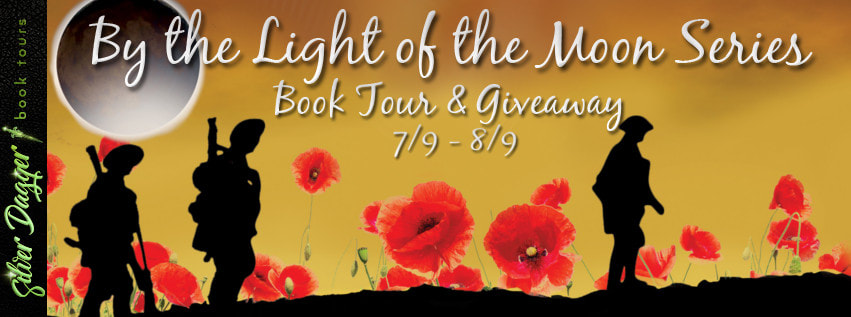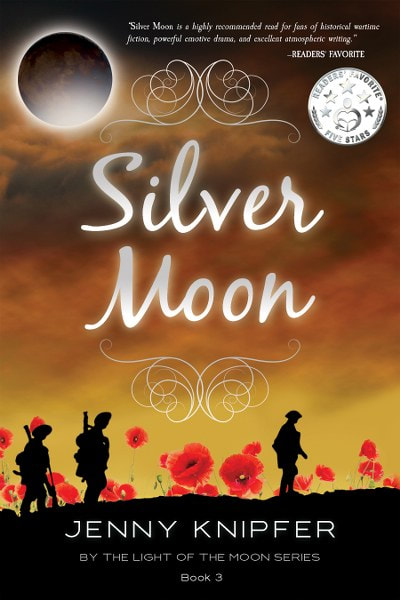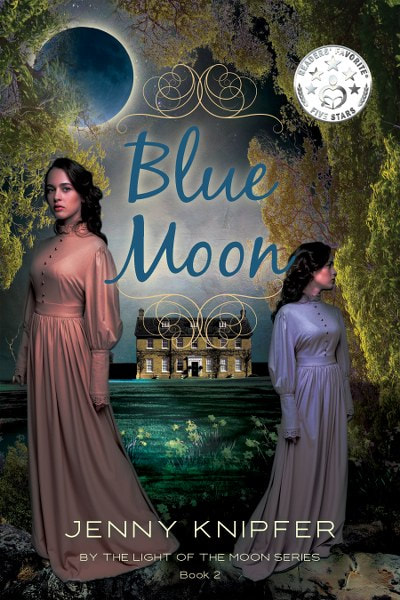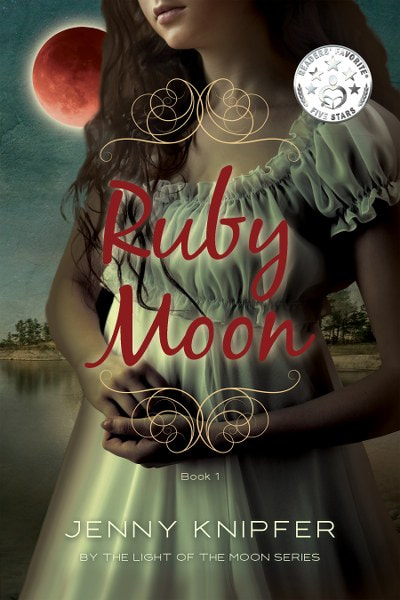Dreaming a Book
Every author writes via their own particular process. Mine involves a heavy portion of dreaming. From my earliest memories, I dreamed. Daydreams. Night dreams. In-between dreams. Once I had a friend tell me they never dreamed while sleeping. I cannot relate. I usually live a whole other life in my sleep.
As a young girl I remember daydreaming, writing stories in my head from ethereal imaginings whole walking on a path around the dairy farm I grew up on. Much of my writing in my teens and early twenties consisted of journaling about life and my feelings, but imagination and dreamland were never far behind.
I’ve always been one who dreams during sleep—vivid images and people, strange scenarios, fairylands, and other worlds all mixed into my own experiences. But when I started focusing my thoughts on a storyline and characters, my dreams helped me write.
Dreaming a Scene:
All my characters start as a dream. Their faces, voices, thoughts, and senses take shape in my imagination. I often pattern them after someone I know or have seen; it helps them be more real to me. I think about my characters during the day and listen for what they will tell me. When I go to bed, I ask myself questions to or about my characters:
“Can Jenay be strong enough to rise above her load of guilt? Where will she turn to for help?
“Will Vanessa betray her twin, and if so, how?
“How does Luis survive the war?”
I always get an answer. My iPad rests near my bed, so upon awakening I can tap out the dream before it floats from me, and I no longer remember it.
During the day, before I sit down to write, I actively ask my characters about their role in the current scene and what will happen next. I picture the scene in my mind, and most of the time it rolls out like a movie in my mind’s eye. I simply record what I see and hear, using my senses to imagine what a character smells, tastes, and touches.
I’m not laboriously conjuring up characters and their actions, I simply listen well while they tell their tales to me.
I recall experiencing this scene from my first book, Ruby Moon, so crisply; it was as if I were literally there. Jenay’s Ojibwe aunt, who speaks in broken English, guides Jenay to a place where she remembers something vital.
August 8th, 1894
She beckons me inside the lodge made of bent saplings and deer hide. I wear only a light shift. My bare feet crunch on cedar branches that line the floor. I’ve fasted as Maang-ikwe advised. A circle of large stones center the space. A clay pot of water stands nearby with a dipper hanging over the edge.
“You sit.” She points to a cushion of hide and straw, and I lower myself down on top of it in cross-legged fashion.
“What is the cedar for?” Cedar is a common enough tree, so I recognize the foliage immediately.
“It a sacred tree and has many healing ways. Plus,” she says with a shrug, “it smells good.” Her wry sense of humor comes through.
As I settle in, she closes the flap of the lodge. It is a fairly warm August day, and the hot rocks inside make the air temperature increase. Maang-ikwe picks up the dipper and pours water over the hot rocks. Steam rises up. She does that several times and sits on a cushion opposite me.
“Now you must quiet your toughts and allow Gitchi-manidoo to heal and make you see and mikwendan, remember. Sense de air around you come in and leave gipan, your lungs. Send what you tink of gently away on a canoe and be as silent as you can, for Gitchi-Manidoo speaks in quiet, in small voice.” She mimics an exaggerated breathing and waves her arm in a slow, steady motion like a floating leaf upon the water.
She closes her eyes and chants a quiet, slow prayer song of guidance. When she is finished, we sit in the solace of quiet. Thus, we are for some time. How long, I cannot discern. The tracking of minutes is immaterial in this place.
Periodically, I hear a hiss of water on hot rocks, and the steam fills the space with a renewed scent of cedar. Once, she gets up and retrieves more hot rocks from a low burning fire outside of the hut. The moisture in the air mingles with my own sweat.
It takes some practice for me to detach myself from my thoughts and be comfortable with the pervading silence. I go through periods of relative quiet and others where one thought rolls after another like thunder announcing a storm. Persistently and gently, I let them go. A peace permeates my mind, and it appears in a moment. I see it in my mind’s eye, a dark cavern.
What does it mean?
I let the picture float in my mind with a prayer for clarity, and suddenly I seem to hear a voice say, “The cave.”
Instantly, I see him and everything in detail.
He is in the hidden cave in the cliff, right where I left him.
I wrote this poem a few months back when I thought about how to describe my writing process. I hope it paints a clear picture of me as a writer.
And I Write
I listen
Voices whisper their story
Word by word
Louder until
My inner ear presses against my character’s lips
Words become paragraphs
And then pages
And I write
I ask
Who speaks
Who are you
What do you want
What or who gets in your way
Tell me
I must know
And I write
I cry and laugh
Their joy rings in me
Their sorrow presses on me
Their love burns within me
And their pain becomes mine
And I write
I describe
As if for the blind
My senses registering theirs on the page
Touching a world almost as real as mine
Smelling the fragrance of life
And the stench of decay
And I write
I see
Sunsets
New dawns
vivid colors
And shadows
The work of God’s hands
And the work of man’s
And I write
I record a story that is my own
Yet not my own
A story begging to be told
Their drama pours forth
Through my imagination
To my fingertips
And I write
I hold Life
Death
And everything
In between
Within my grasp
And I write
Jenny Knipfer © 2020
Thank you!
Thank you for reading about my story and character creation process. I hope you are able to read my books and enjoy them.
Learn more about me and my books at https://jennyknipfer.com/










No comments:
Post a Comment